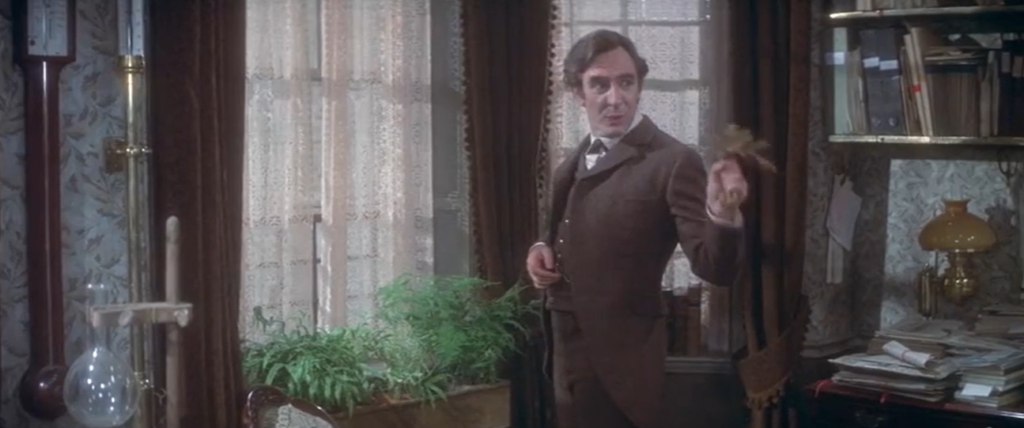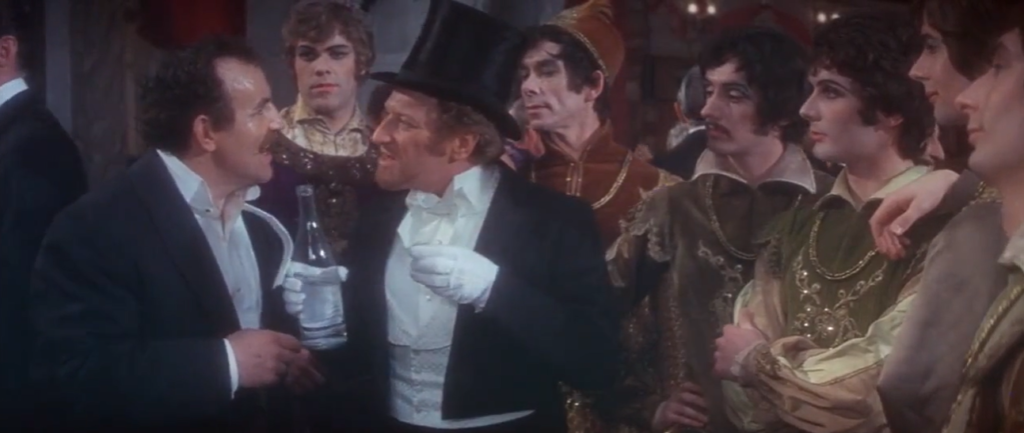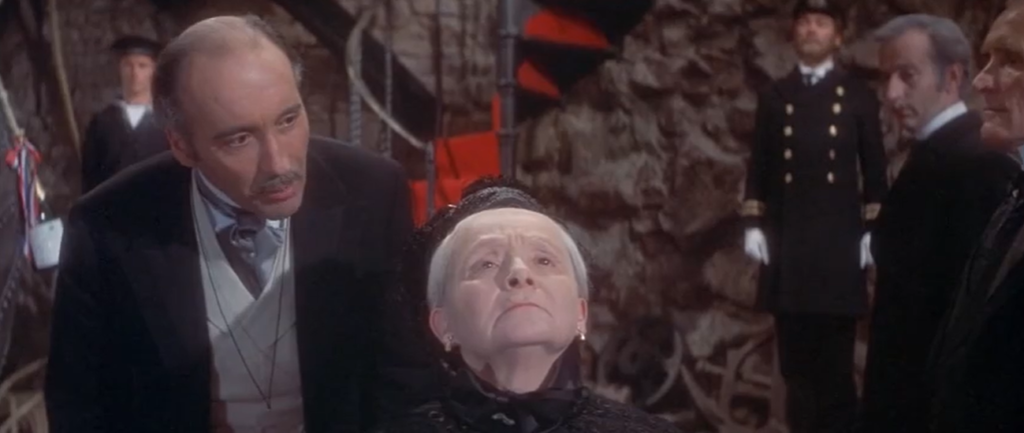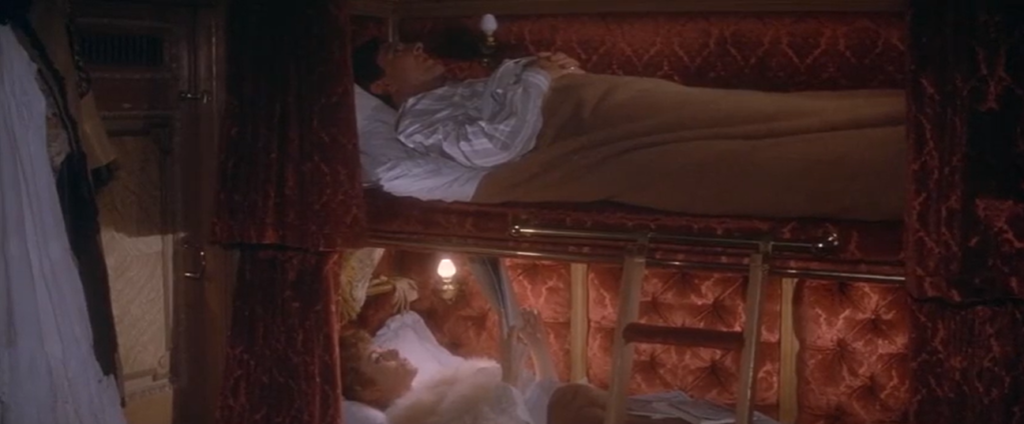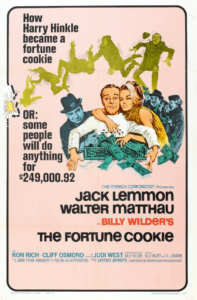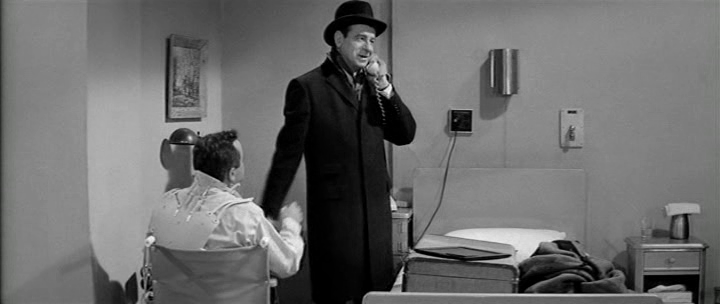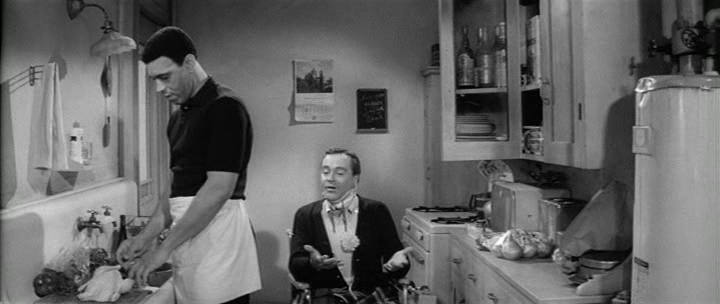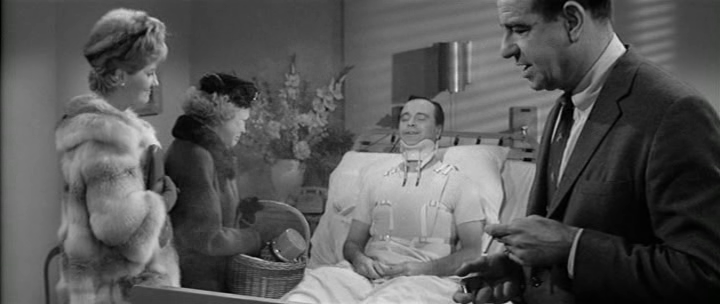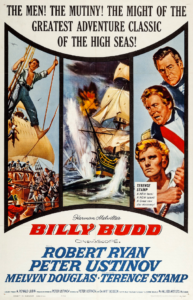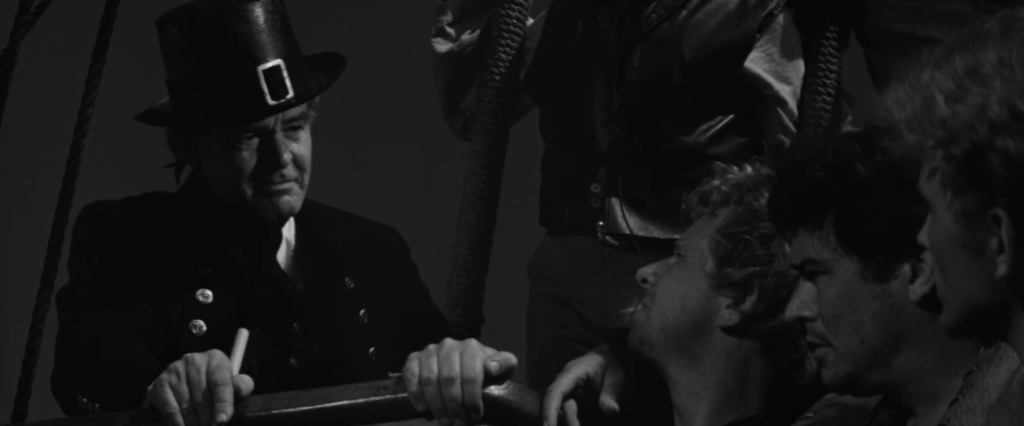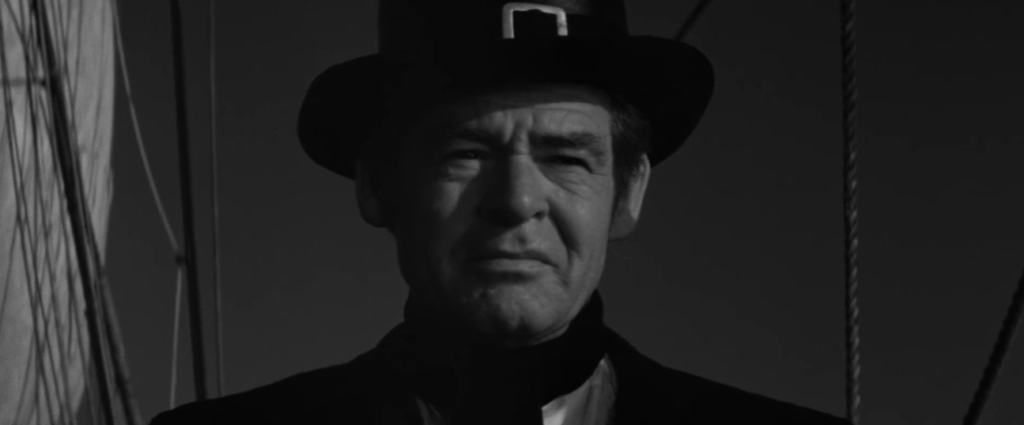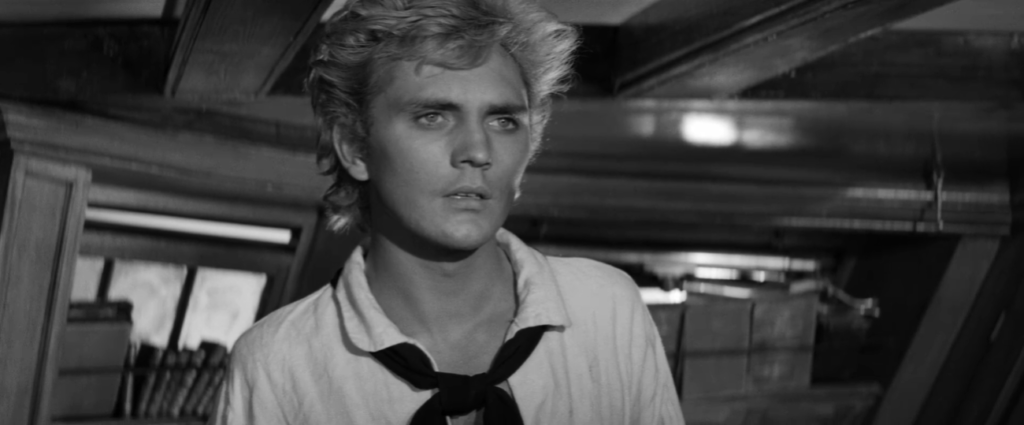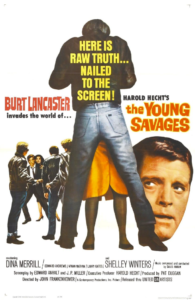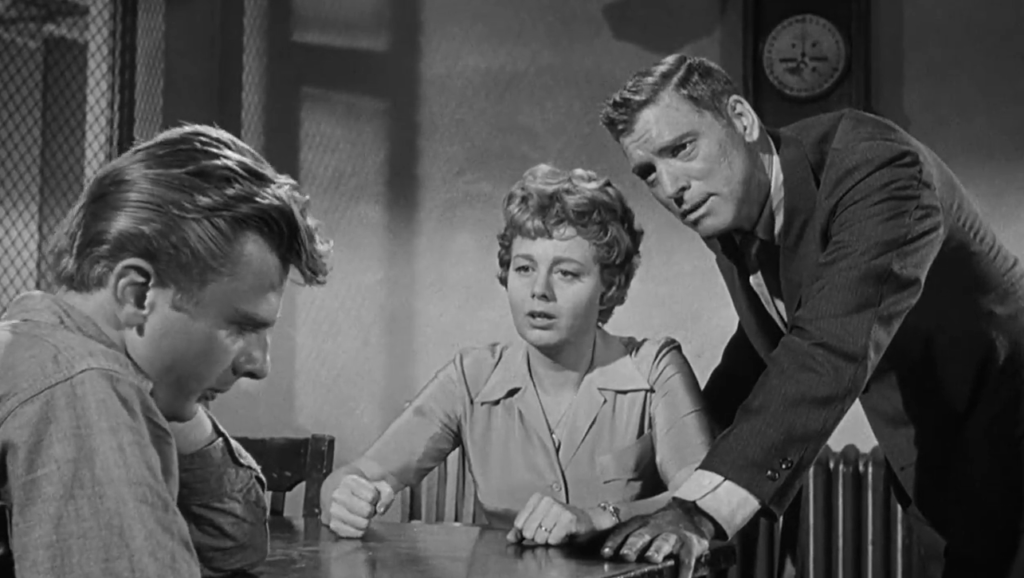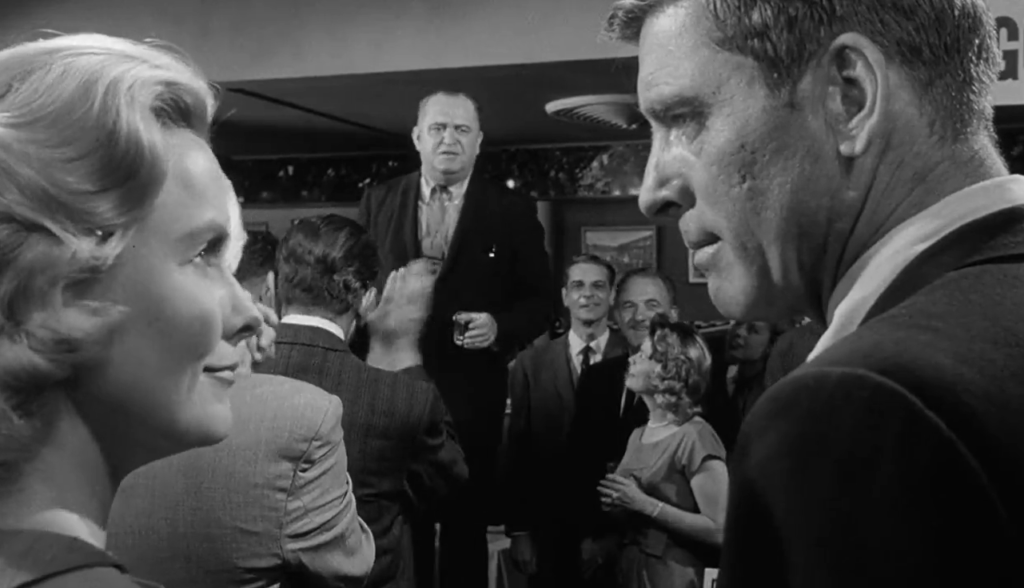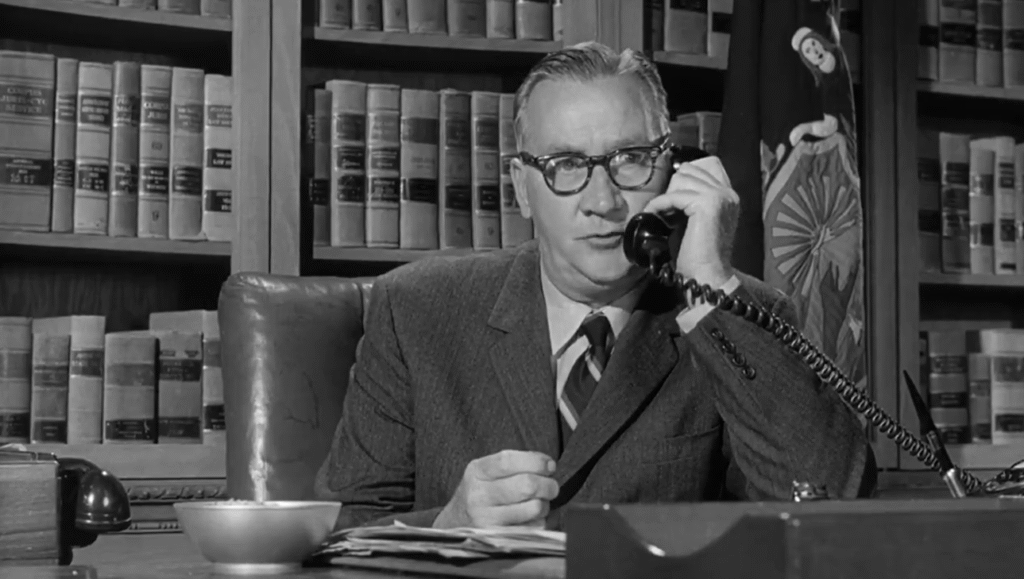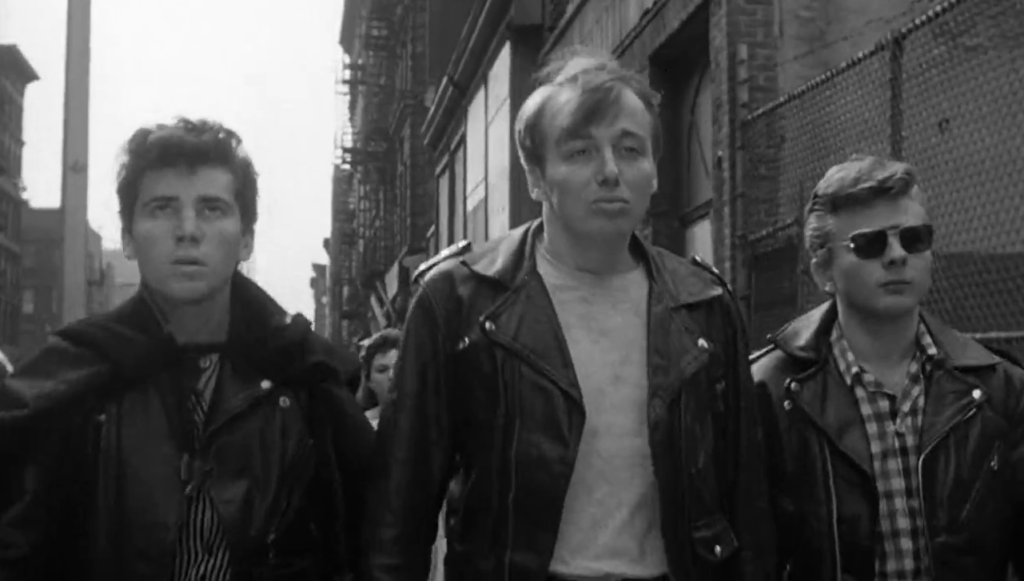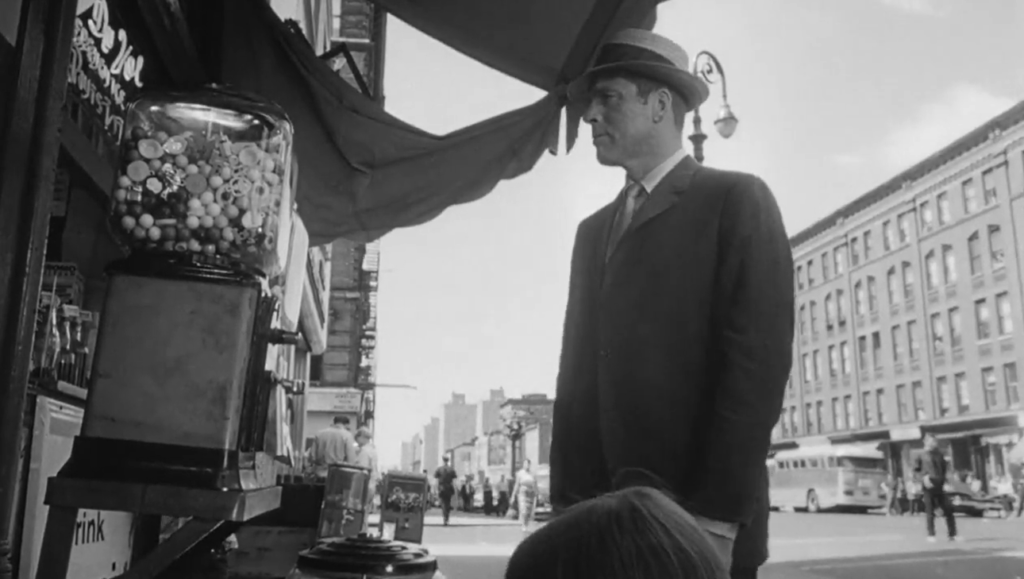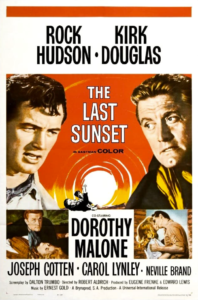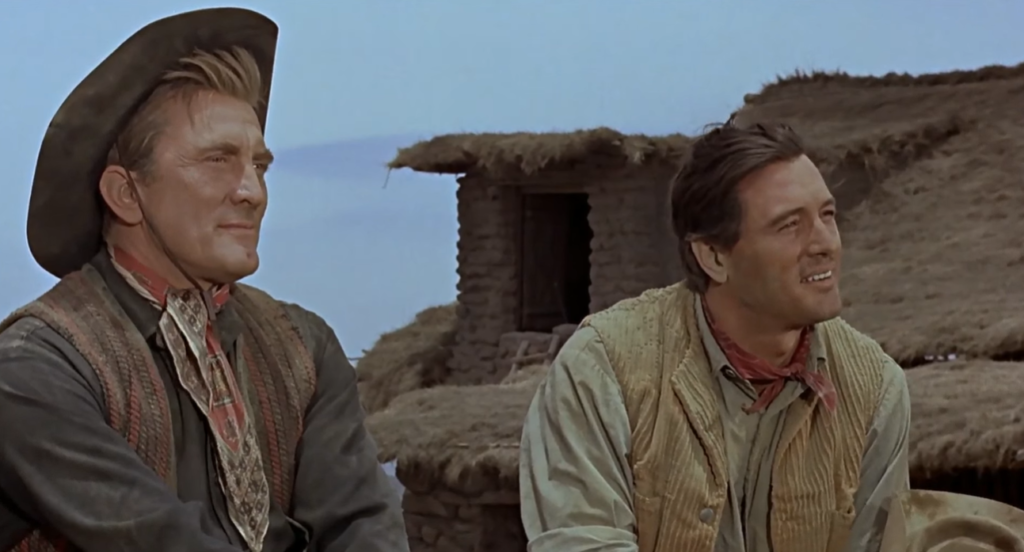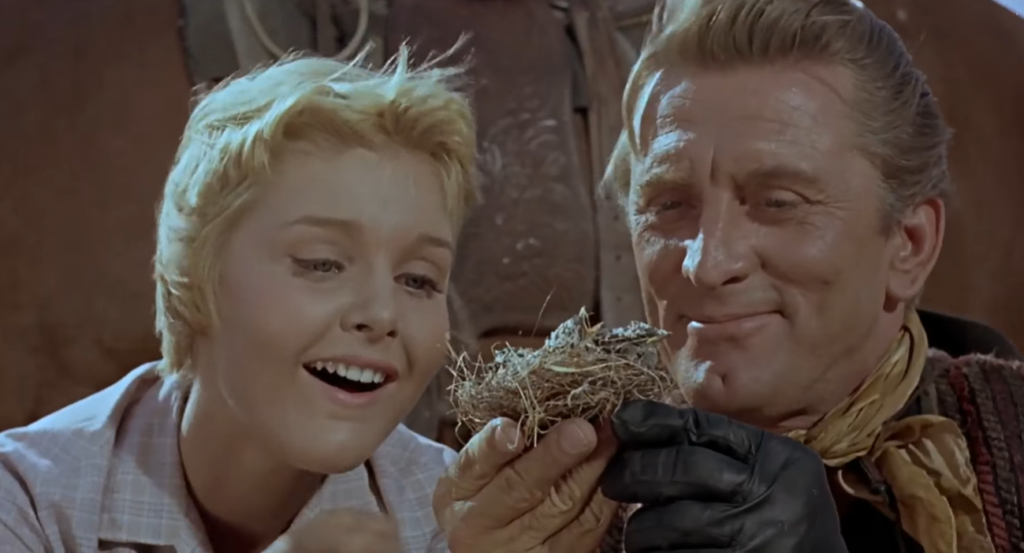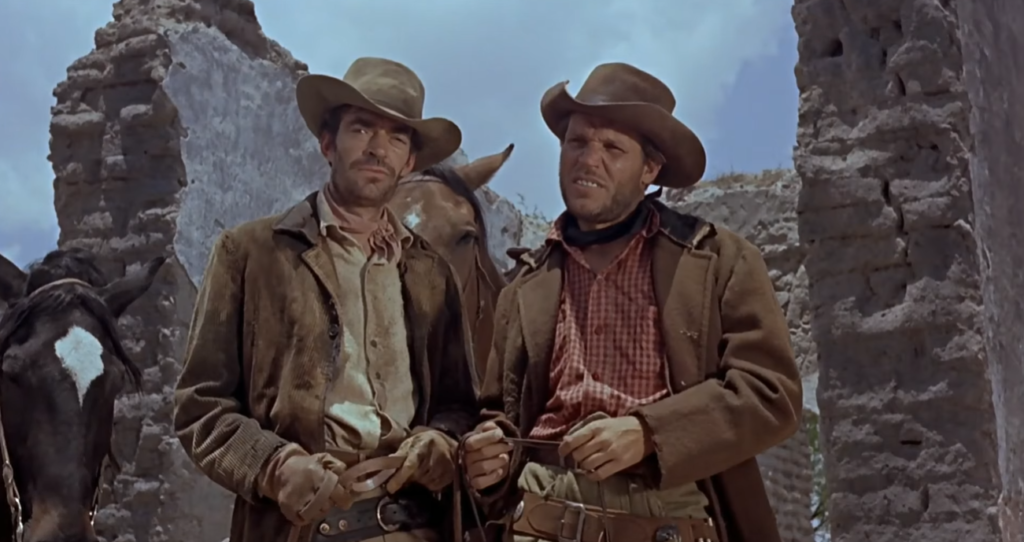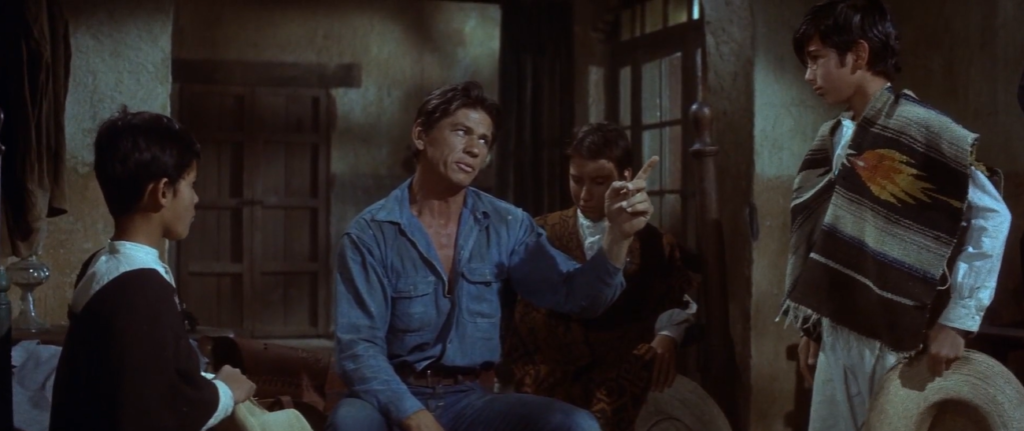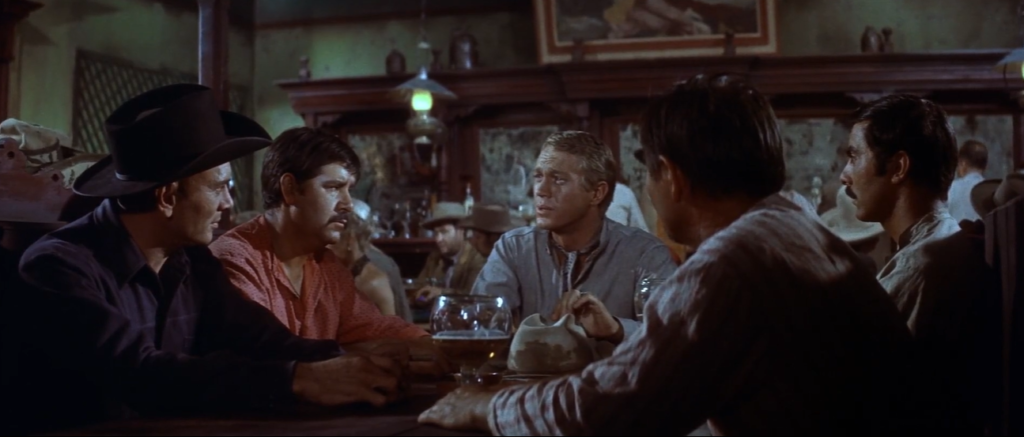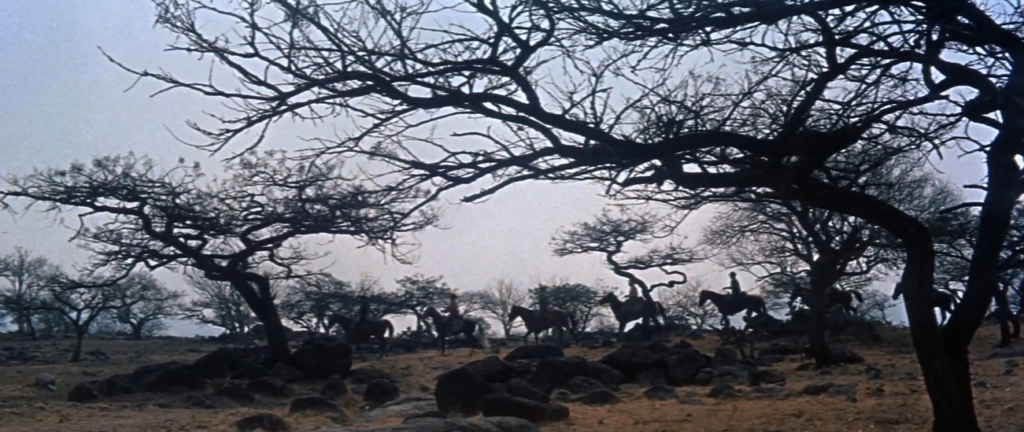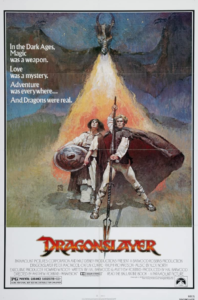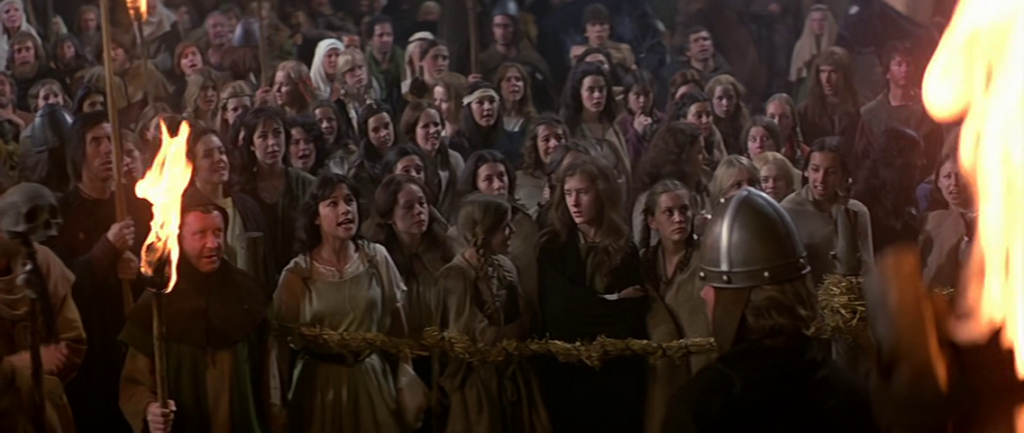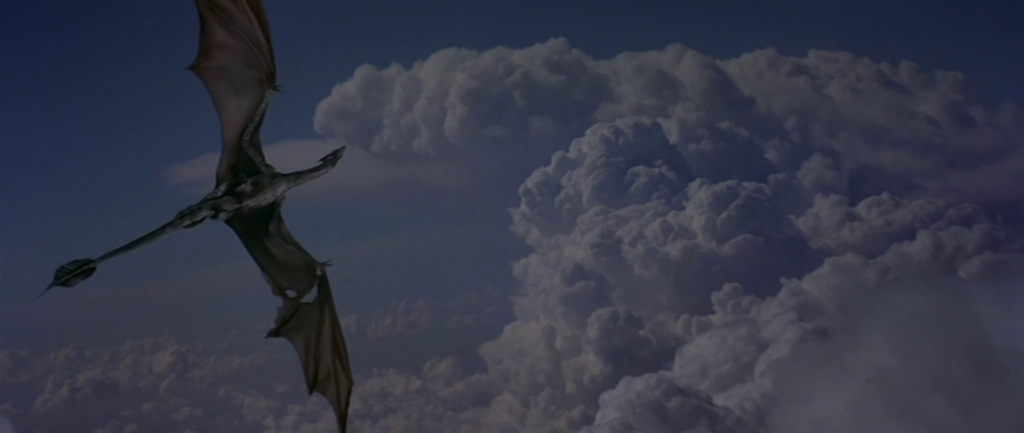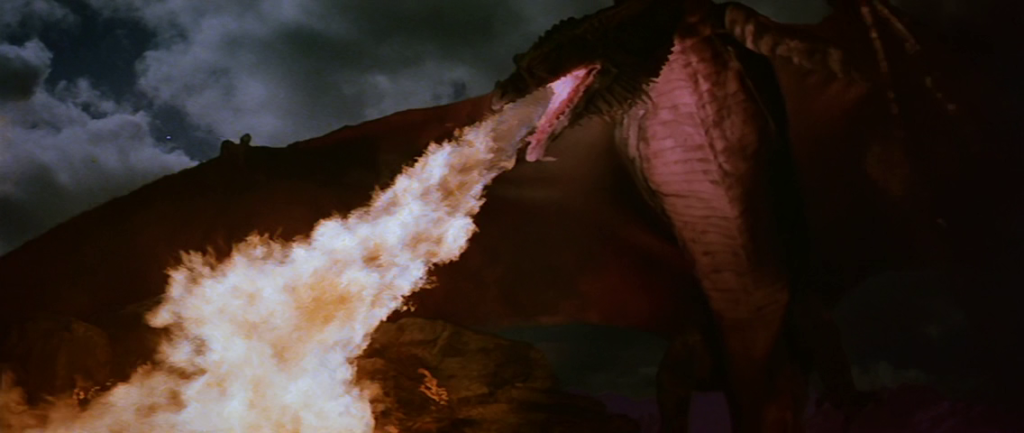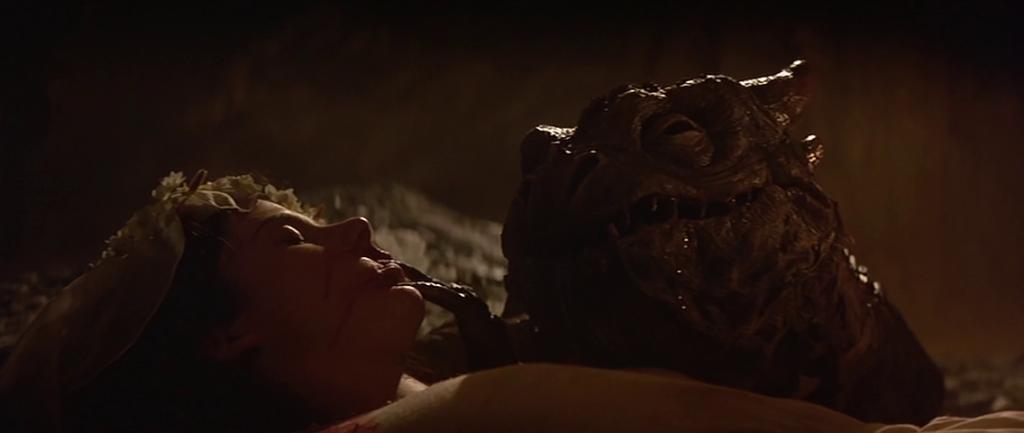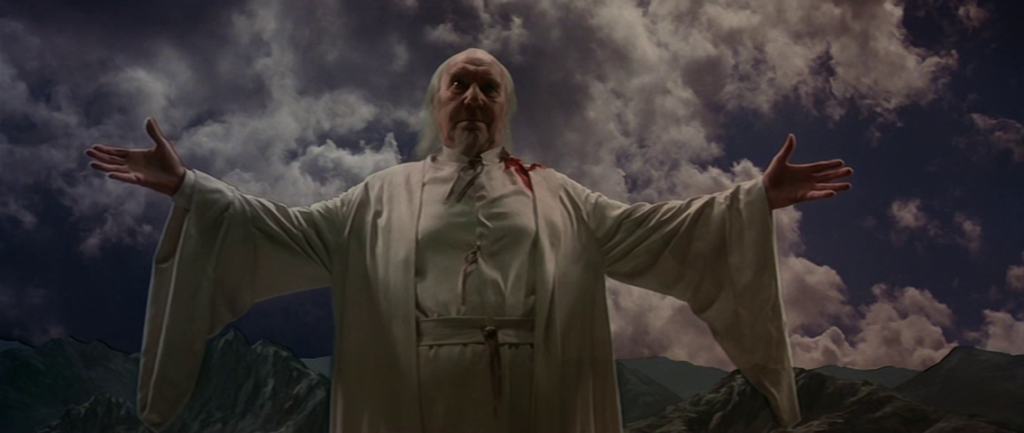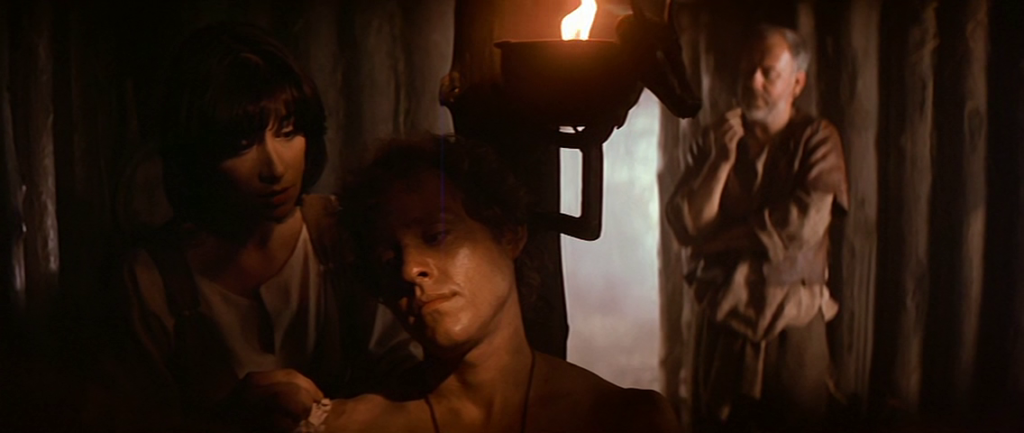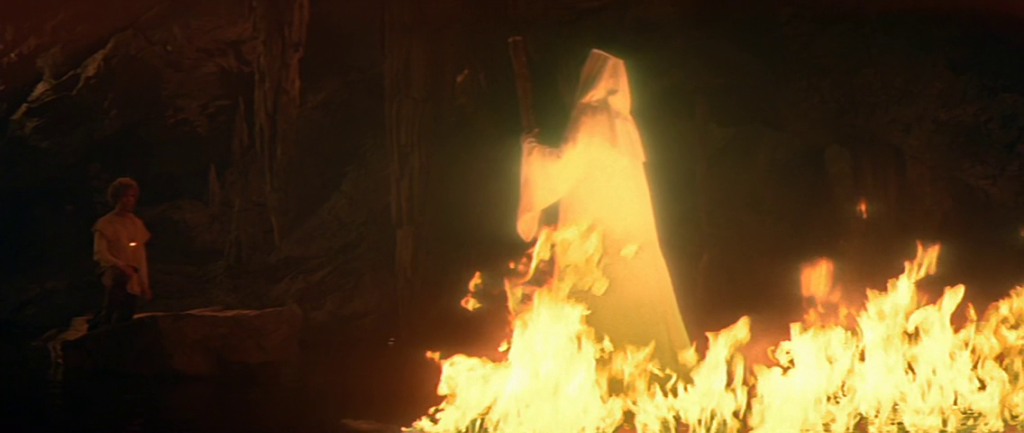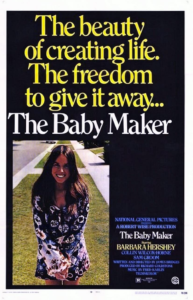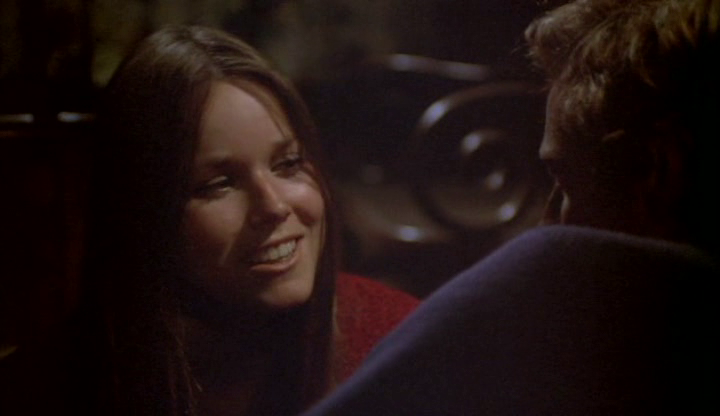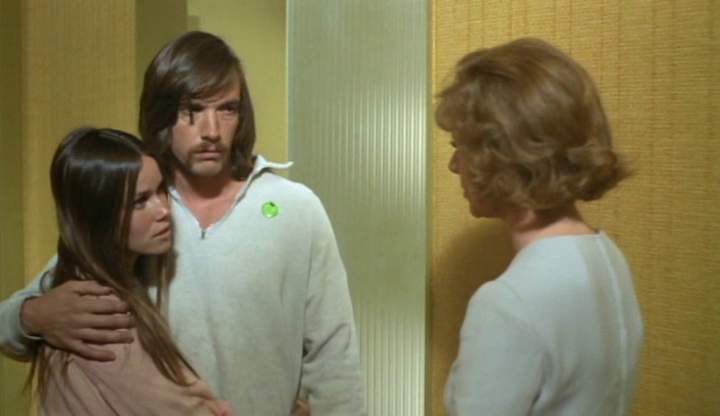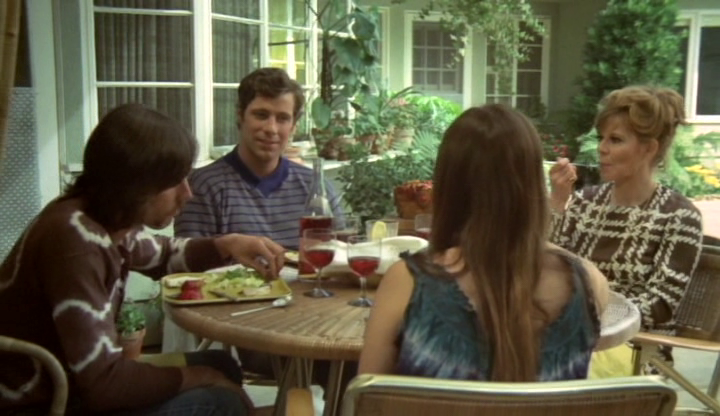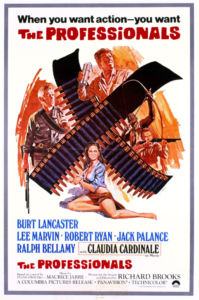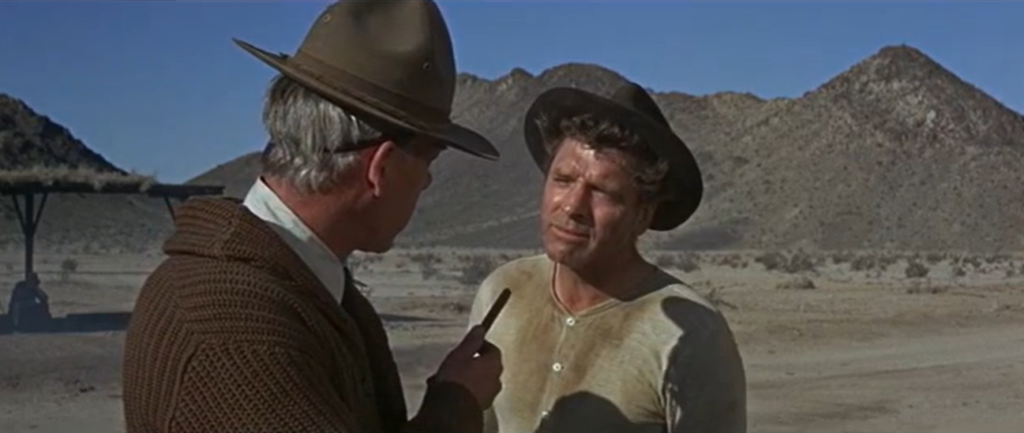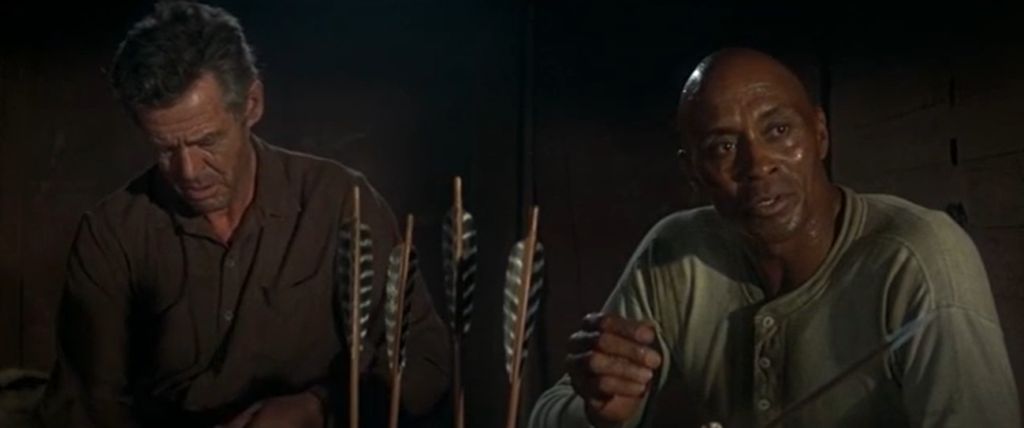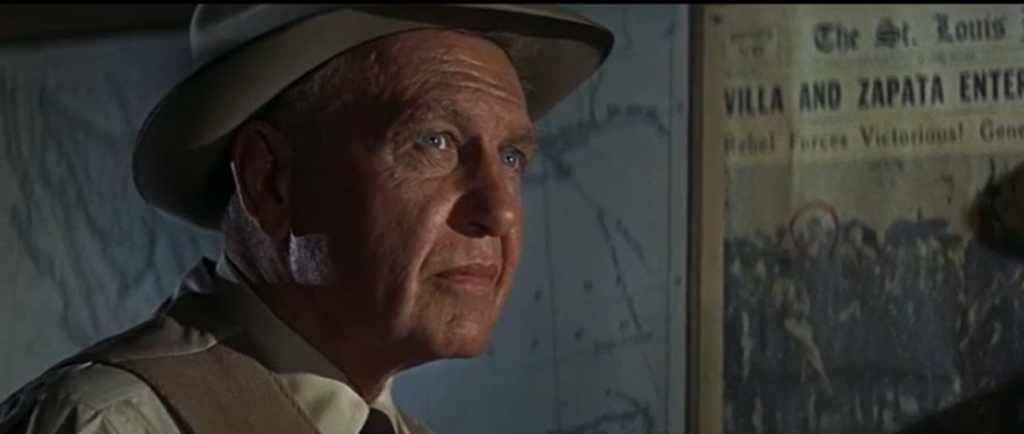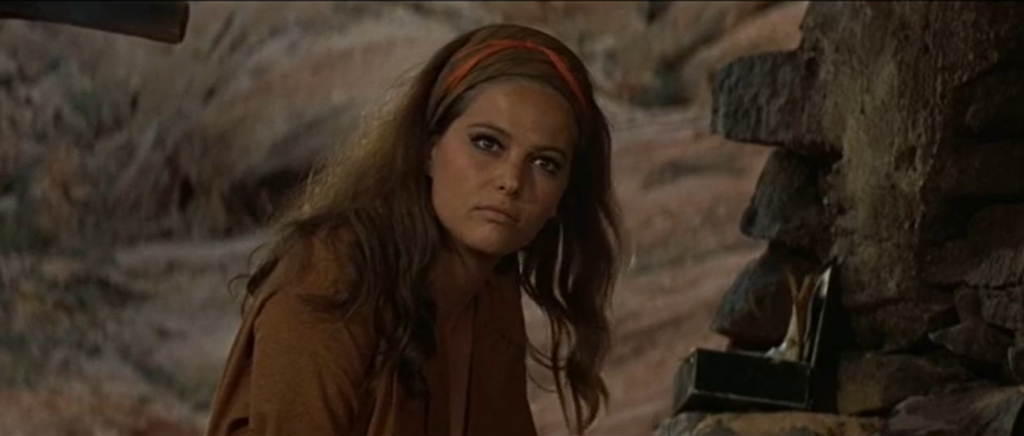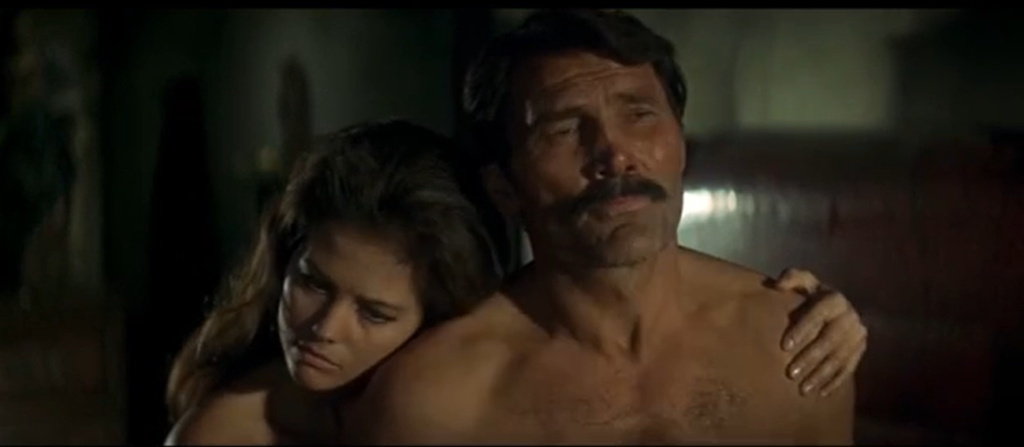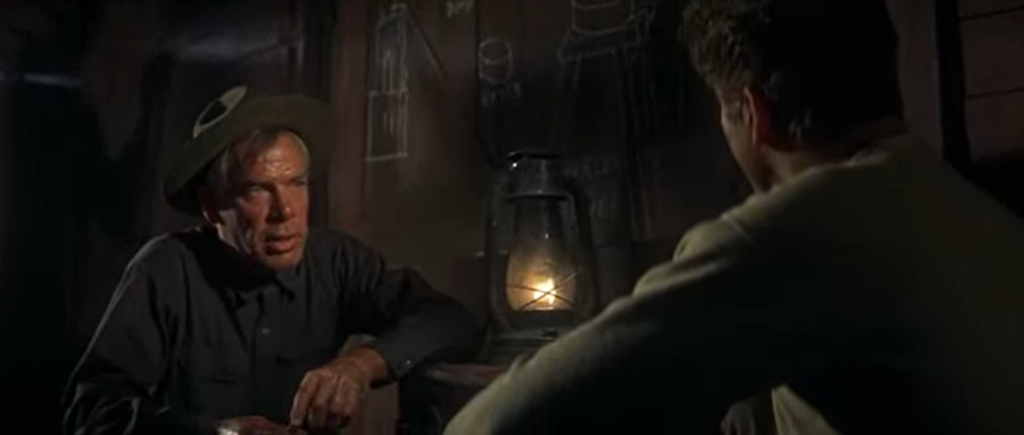|
Genres, Themes, Actors, and Directors:
- Curt Jurgens Films
- Eddie Albert Films
- Edmond O’Brien Films
- George Segal Films
- Henry Fonda Films
- Jeffrey Hunter Films
- John Wayne Films
- Leo Genn Films
- Mel Ferrer Films
- Peter Lawford Films
- Red Buttons Films
- Richard Burton Films
- Robert Mitchum Films
- Robert Ryan Films
- Robert Wagner Films
- Rod Steiger Films
- Roddy McDowall Films
- Sal Mineo Films
- Sean Connery Films
- World War II
Review:
Darryl Zanuck produced and several directors helmed this three-hour adaptation of a 1959 non-fiction book by Cornelius Ryan about the D-Day landings, based on more than 3,000 interviews with participants from Canada, the United States, England, France, and Germany. The result is an appropriately overwhelming approximation of what that pivotal day in history was like, from multiple perspectives — and it sure involved a lot of violence. Indeed, other than some preliminary planning (taking up the first 50 minutes or so), the entire movie is a series of diverse attacks and maneuvers (eight battle scenes in total), showing the incredible complexity and danger of what went down that day.
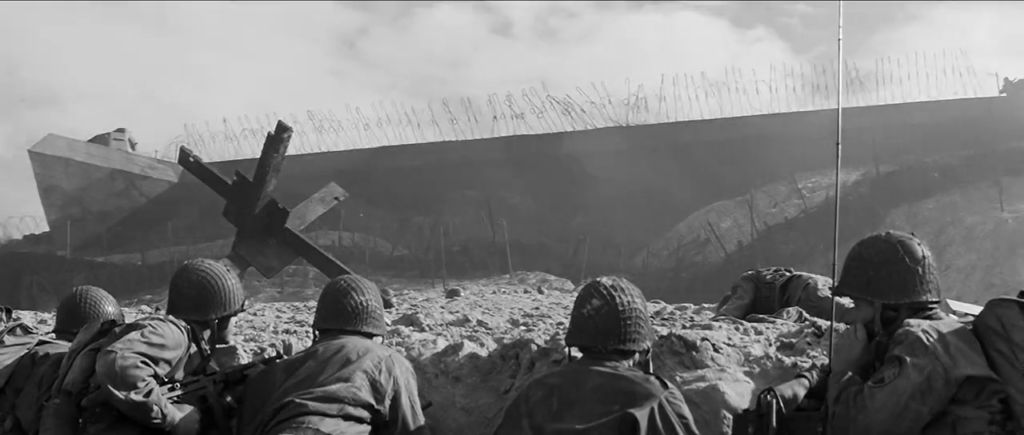
We never really get to know any of the characters, though we do pay closer attention to a few — such as Red Buttons’ paratrooper Private Steele, who landed on the pinnacle of a church tower in Sainte-Mère-Église (and ultimately suffered a much better fate than the majority of his compatriots).

For those interested in World War II logistics (i.e., tactics and battles), this film is essential viewing — especially given how accurate it is in many ways. (See either Wikipedia’s entry, IMDb’s Trivia page, or one of several YouTube video reviews — such as the one put out by A Million Movies — for a comprehensive overview.) Of course, there are also some notable gaps and omissions — such as the fact that while 1700 African-American soldiers took place in D-Day, none are shown in this movie.
Cinematically, this film is wonderfully innovative in terms of having native languages spoken by the German and French characters, thus putting the cognitive “lift” on audience-goers to read a few subtitles. (Indeed, English isn’t heard until 10 minutes into the movie.) It’s also, of course, notable for having so many big name stars in the cast, each with varying (and sometimes minimal) degrees of screen time. Perhaps most front-and-center is John Wayne as Lt. Colonel Benjamin Vandervoot, who’s given several memorable grandstanding lines:
“You can’t give the enemy a break — send him to hell!”
“England’s gone through a blitz with a knife at her throat since 1940. I’m quite sure that they, too, are impatient and itching to go — do I make myself clear?”
“We came here to fight, not to swim!”
“One thing I’m sure of: we’re gonna hold this town until the link-up does come, whenever that is — today, tomorrow, till hell freezes over!”
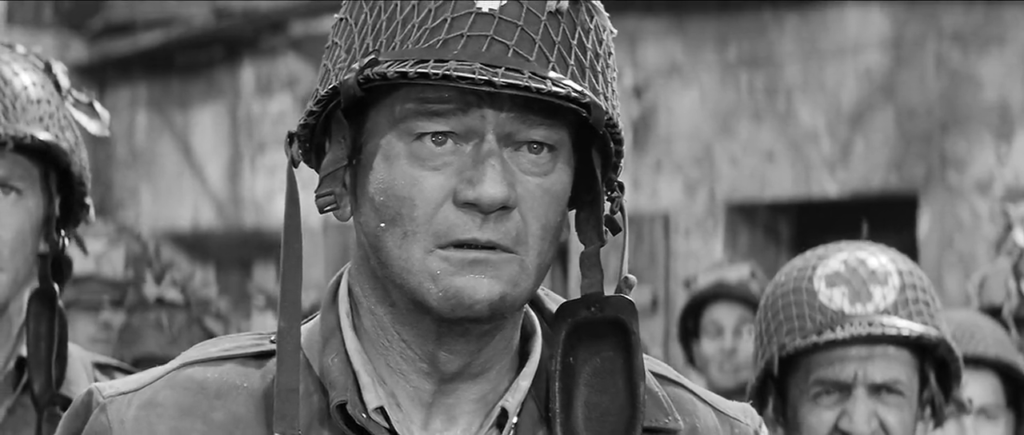
Other big-name actors playing real people include (but are not limited to) Peter Lawford as Brigadier Simon Fraser:
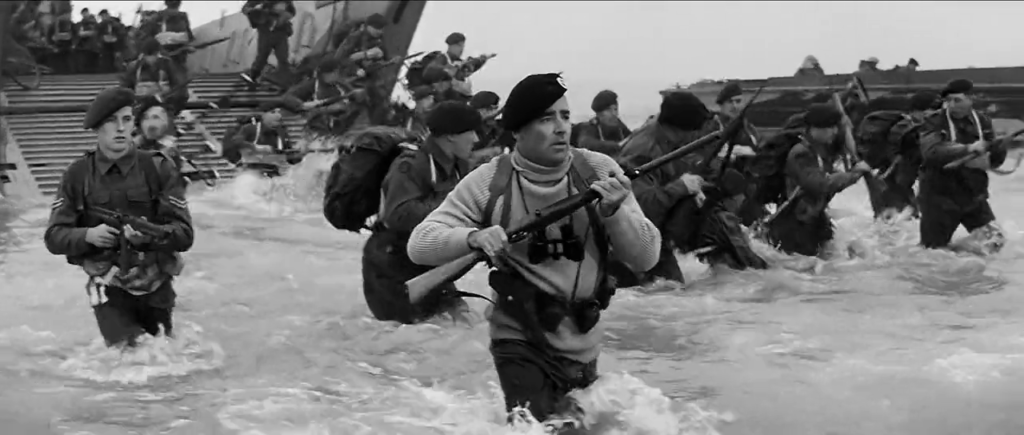
… Robert Mitchum as Brigadier Gen. Norman Cota:

… Henry Fonda as Brigadier Gen. Theodore Roosevelt, Jr. and Edmond O’Brien as Major Gen. Raymond O. Barton:
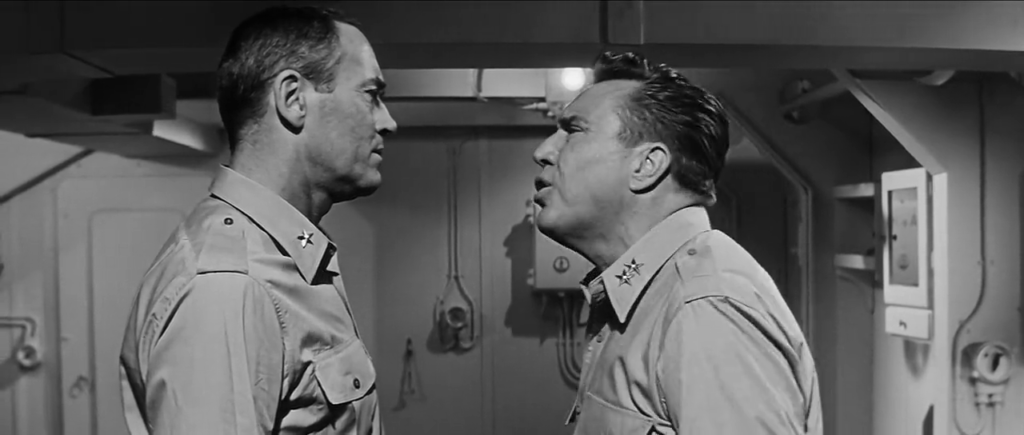
… Robert Ryan as Brigadier Gen. James M. Gavin:
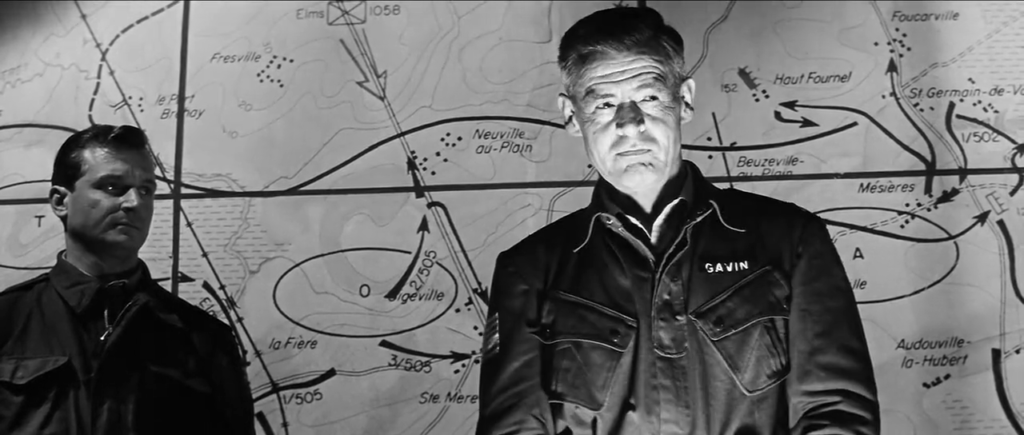
… and Curd Jürgens as Infantry General Günther Blumentritt.

Additional well-known actors inhabiting a diverse cross-section of fictional characters include (but once again aren’t limited to) Leo Genn and Mel Ferrer:
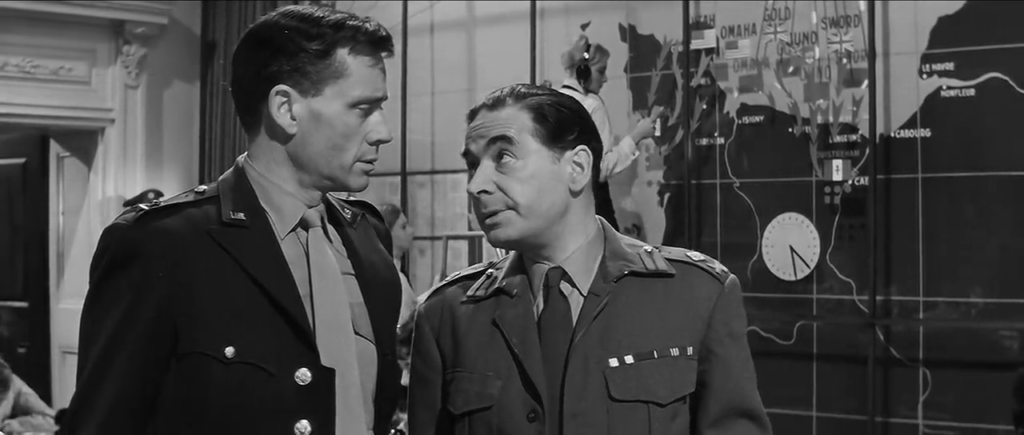
… Richard Burton:
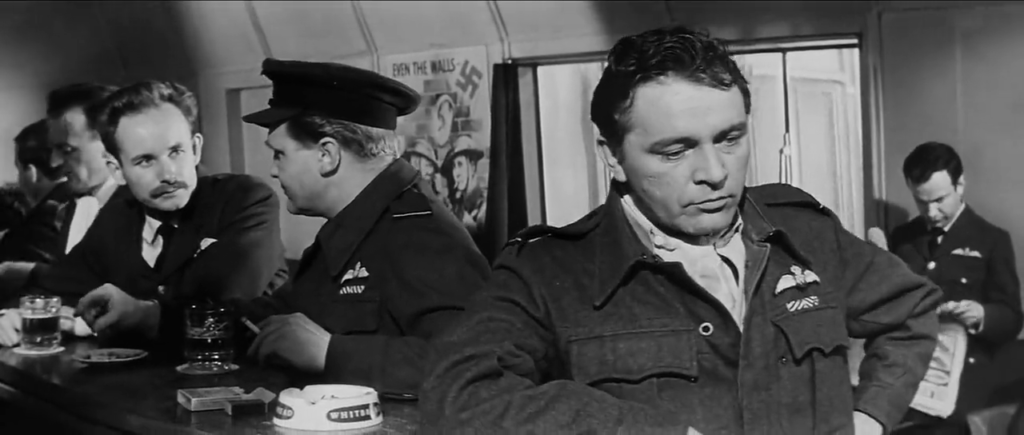
… Sal Mineo:
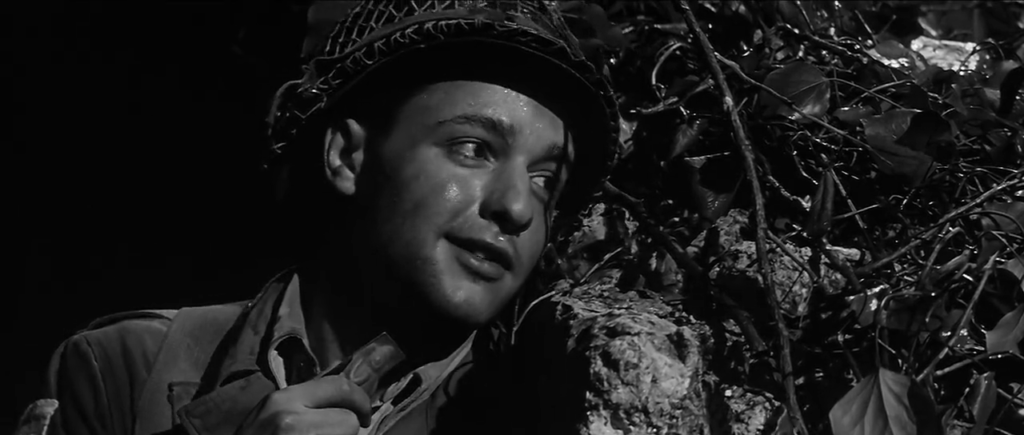
… Sean Connery:
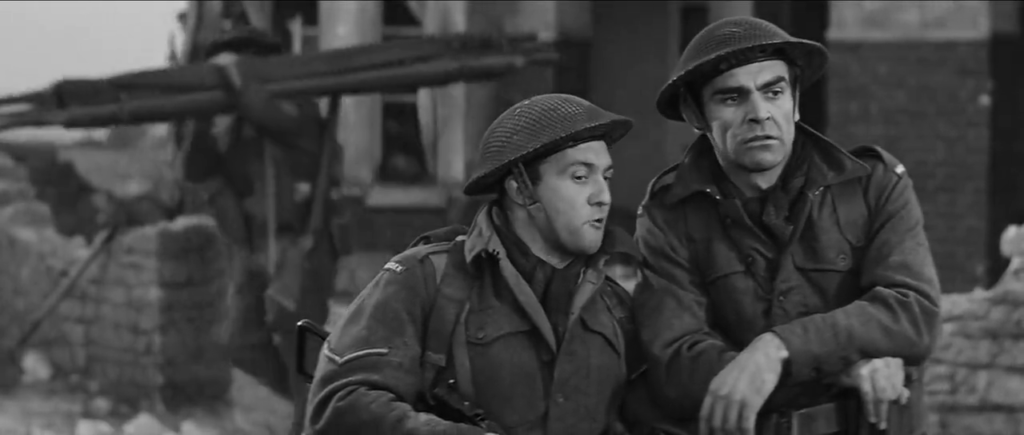
… Eddie Albert:
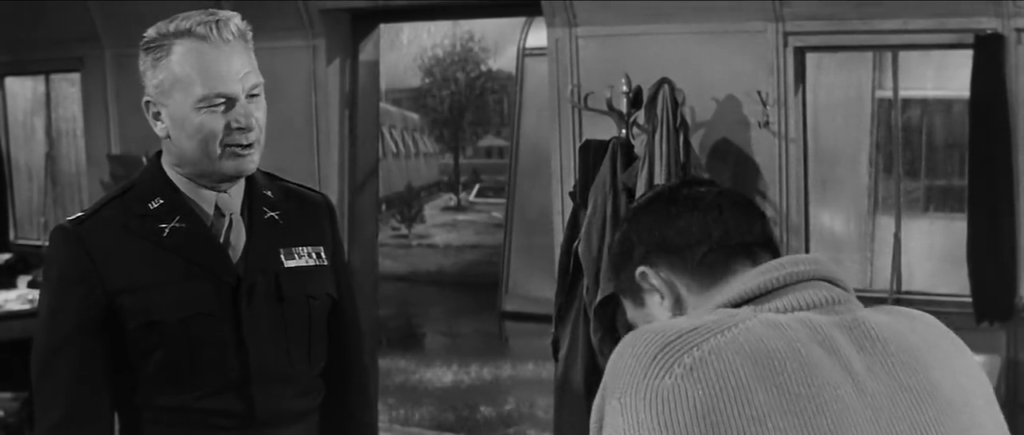
… Jeffrey Hunter:
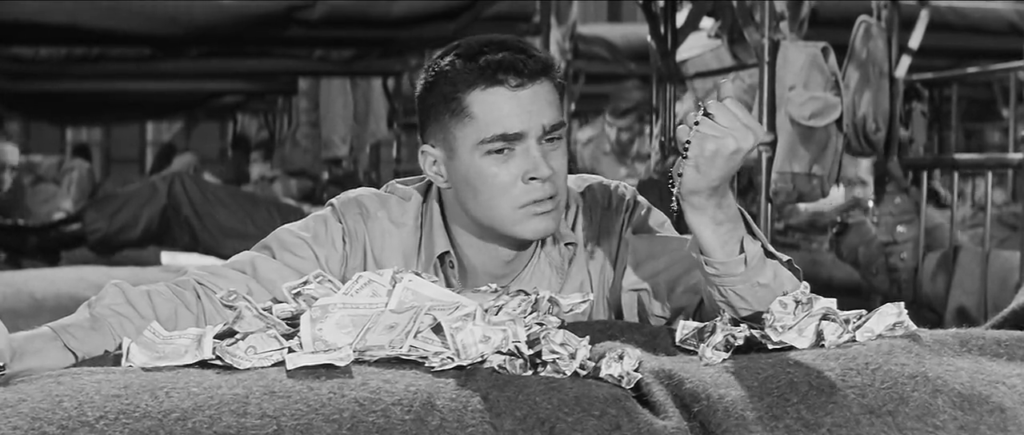
… Gert Fröbe:
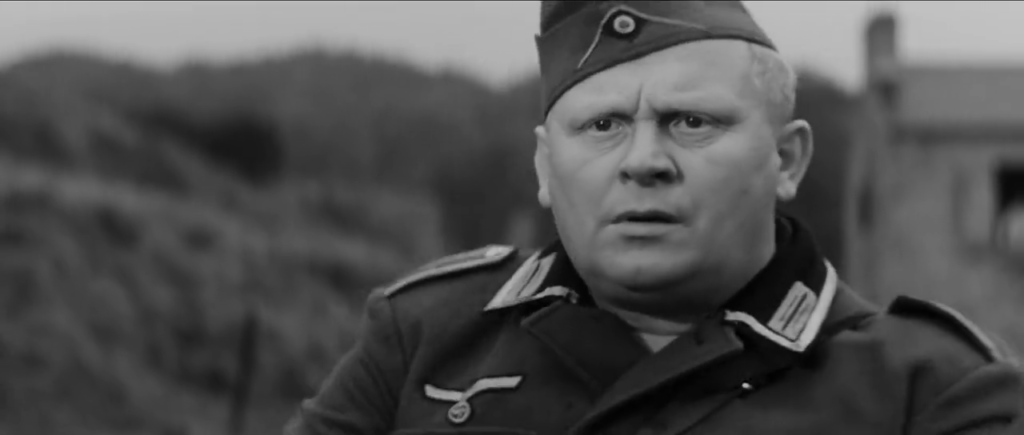
… Peter van Eyck:

… George Segal, Robert Wagner, Rod Steiger, Richard Beymer, Jean Servais, Jean-Louis Barrault, and Roddy MacDowall (who came over to participate due to being bored on the set of Cleopatra).
Whew! While I’ll admit I quickly got battle-weary watching this epic war flick, it’s easy to see how appealing it would be to those with authentic interest in such matters. Favorite light-hearted moment: a group of nuns walk in and kick ass as field nurses during the heat of battle.
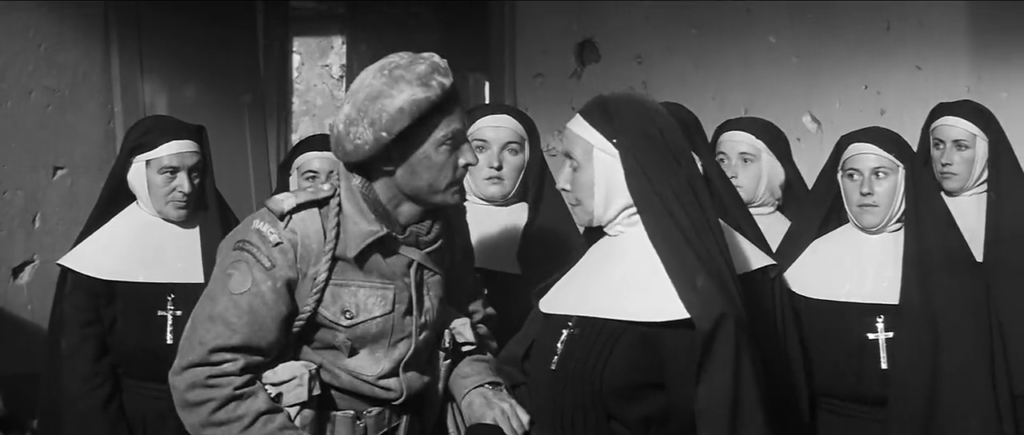
Notable Performances, Qualities, and Moments:
- Fine cinematography by Jean Bourgoin and Walter Wottitz
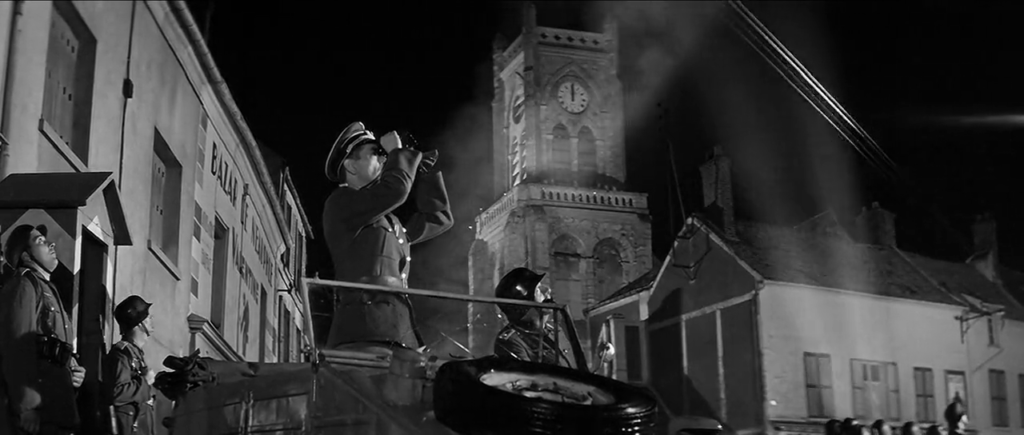
- Truly impressive battle footage
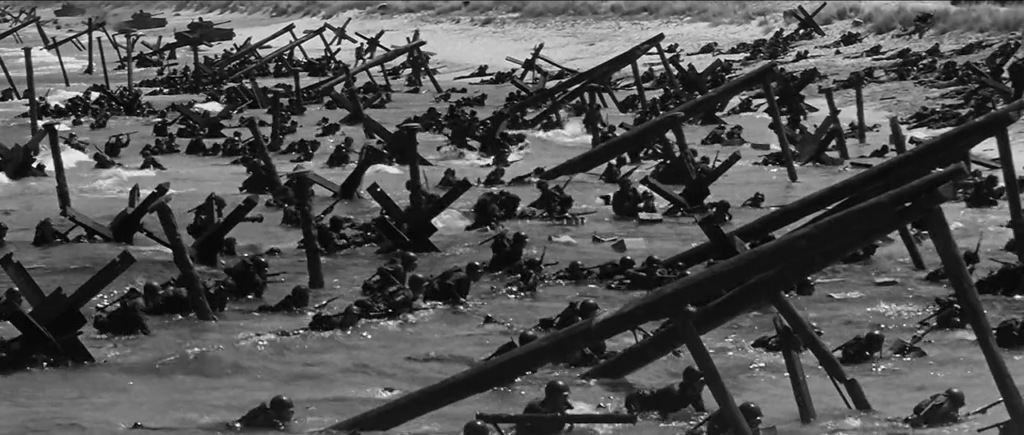
Must See?
Yes, once, simply for its historical relevance.
Categories
Links:
|

